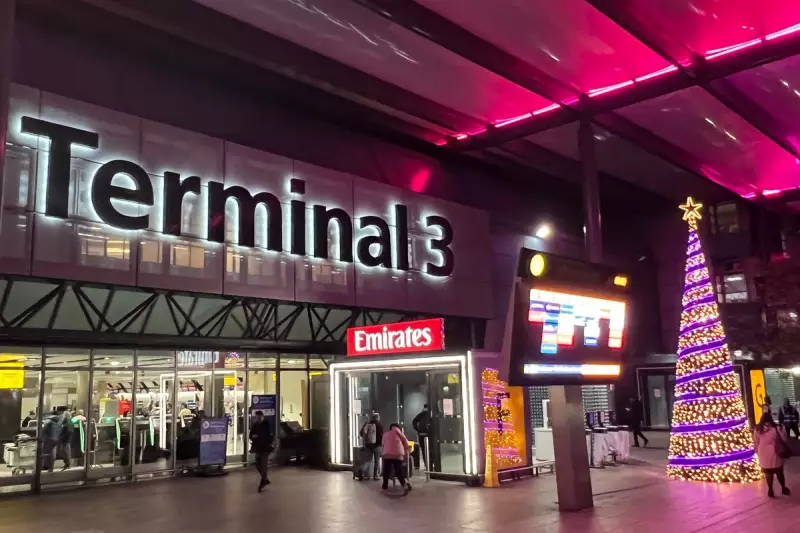
The Quest for Civility in the Skies
Are you dressing with respect for your fellow passengers? That is the provocative question posed by Sean Duffy, the US transportation secretary. This week, he launched a new 'civility campaign' for airline travellers named 'The Golden Age of Travel Starts with You'.
Heathrow's Fashion Reality Check
To assess the current state of travel attire, I visited Heathrow Airport's Terminal 3 arrivals. Inbound flights from global hubs like Delhi, Dubai, Hong Kong, and Los Angeles provided a diverse cross-section of travellers. The predominant fashion choice was strikingly uniform: for women, it was typically a loose top with leggings and trainers; for men, a fleece or hoodie paired with jeans and trainers. After a gruelling 10-hour flight, it's understandable that comfort takes priority over couture.
Interestingly, many passengers appeared to invest more in their luggage's appearance than their own, with numerous mint-condition Louis Vuitton cases spotted. This stands in stark contrast to aviation's earlier era, when flying was either a once-in-a-lifetime experience or an employer-paid privilege, prompting passengers to dress up for the occasion.
From Pyjamas to Premium Economy: Modern Travel Attire
During an hour-long observation at Heathrow on Tuesday afternoon, I waited in vain to spot any passenger wearing a jacket and tie. The only impeccably dressed individuals near arrivals were chauffeurs awaiting their clients.
Moving to departures, I found sartorial excellence at the Virgin Atlantic premium economy check-in. One impeccably dressed gentleman, adorned in Jermyn Street's finest, offered perspective: 'People are going on holiday, so it's fine they want to feel casual,' he acknowledged. However, he emphasised there are limits, noting that singlets, ripped jeans, and flip-flops – commonplace on Australian domestic routes – remain inappropriate for international flights to and from the UK.
The conversation then turned to pyjamas. While many airlines provide them for business and first-class passengers, one Australian traveller questioned why she couldn't wear them during a connection at Bangkok airport after having worn them on the plane.
My research suggests the smartest dressed passengers typically occupy premium economy cabins. The theory goes: economy passengers prioritise budget over appearance; business class travellers have 'made it' and feel no need to impress; while premium economy occupants are upwardly mobile and consciously dress the part.
One particularly elegant group stands out: the family and friends of flight crew. These 'non-rev' passengers, travelling on free or heavily discounted tickets, are required to adhere to a 'business casual' dress code – often making them the most formally attired people in business and first class.
While Sean Duffy's vision harks back to a more stylish golden age of travel, the reality at Heathrow demonstrates that modern passengers primarily dress to de-stress rather than impress.





